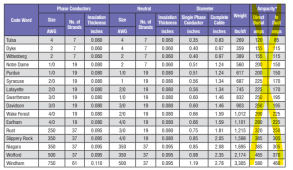shadowmaker
Solar Addict
Total noob for solar, but trying to make DIY 44kW vertically installed system with bifacial panels here in Finland. I can tell you it is overwhelming sometimes and learning takes time as I don't have anyone experienced enough to turn to when I have questions. Unfortunately time is scarce just now.
I'm going to have 8 strings with 8 panels each (63 panels total so one string is 7 panels only, 4x15kW inverters). There's 4 underground aluminum cables buried 1m deep already in place , 4x25mm2 each. Lengths from field to inverters are 100m, 115m, 130m and 145m.
Panels are Bluesun 700W bifacials. Specs with optimistic 25% backside gain.
- Pmax= 875W
- Vmp= 39,6V
- Imp= 22,10A
- Voc= 47,8V
- Isc= 23,50A
Do I need more cables to keep losses down?
I'm going to have 8 strings with 8 panels each (63 panels total so one string is 7 panels only, 4x15kW inverters). There's 4 underground aluminum cables buried 1m deep already in place , 4x25mm2 each. Lengths from field to inverters are 100m, 115m, 130m and 145m.
Panels are Bluesun 700W bifacials. Specs with optimistic 25% backside gain.
- Pmax= 875W
- Vmp= 39,6V
- Imp= 22,10A
- Voc= 47,8V
- Isc= 23,50A
Do I need more cables to keep losses down?



